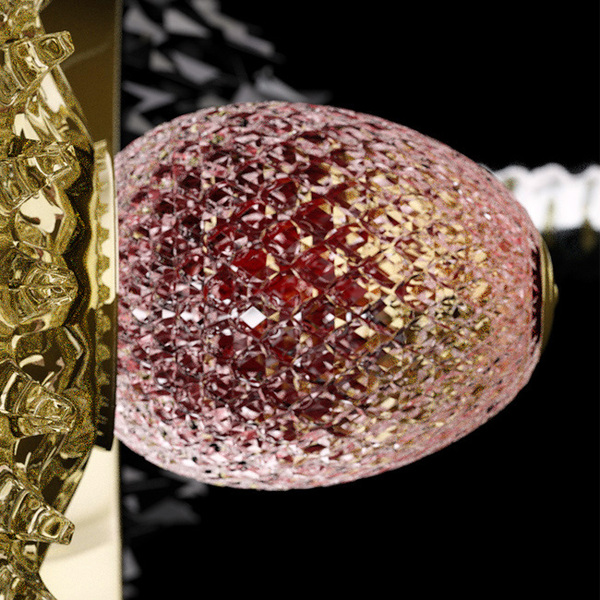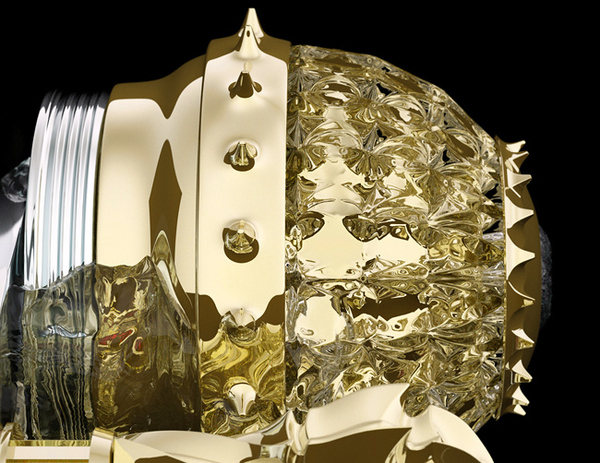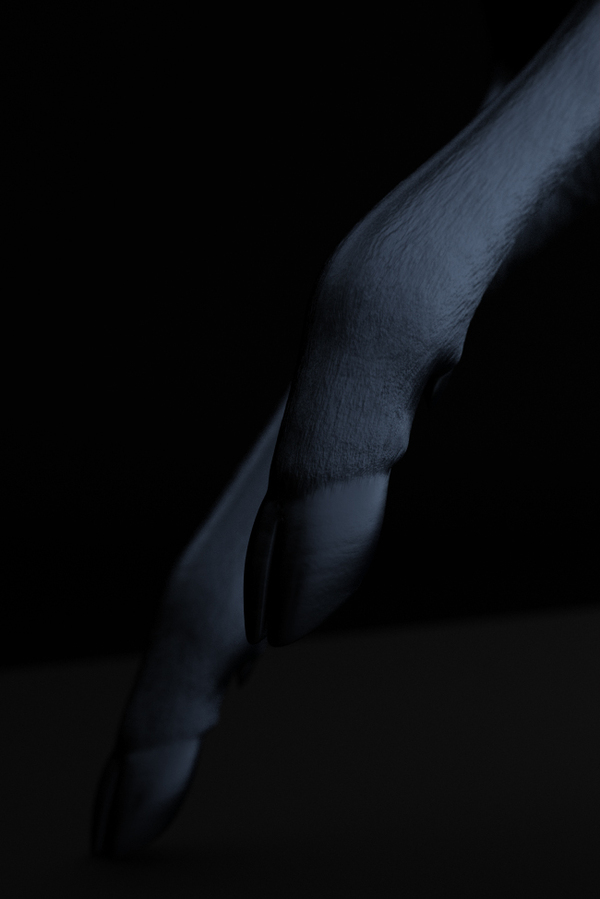King's Folly
The statement of the object is partially based on the novel of Joris-Karl Huysmans – “À rebours”, mainly on the passage about gems encrusted tortoise.
“A Rebours defines the decadent spirit as one of simulation-that the idea of a thing is purer-and therefore more desirable-than the thing itsself. This is best illustrated in one of the most famous chapters where, after a lengthy reverie into the merits of various gemstones, Des Esseintes decides that the best way to display his favorite jewels would be to have them set into the shell of a living tortoise. The jeweler finally returns with the encrusted tortoise, which takes about two steps and dies from the immense weight of the stones. The entire decadent movement was imbibed with this sense of embellishing and improving the natural, and no single book encapsulates the decadent/symbolist aesthetic like A Rebours.” (http://www.banger.com/art/zaid/)
The composition polarizes the pure natural element, which resonates in black sculpt of the deer and the golden manifestation of allegorical cabinet, which aggregates elements of mundane ravishment.
Young Deer is landing on its front legs, whilst his body is drawn up in the motion of running, the body is cut in half and in the cut, a richly ornamented golden cabinet resides.
The natural element presented in the deer does not fight the artificial parasitic presence of the golden cabinet. It’s statement is infinite quietness.
Deer’s motion is etarnal, the body is corrupted, but the principle carries the motion endlessly.
Reminiscence of a “Fabergé” egg sitting in the golden nest. Fabergé eggs are considered to be a pinnacle of luxury items, apart from rarely embedded functional elements, they are a created only for the purpose of visual appeal and sense of luxury. Under the nest, there is a visual reminiscence of “machine” like appeal executed in chrome, that contributes to the visually artificial parasitic presence of the whole golden cabinet corpus, thus creating the image of squandering, cold machinery.
From the cabinet arises a “knob” that is a chromium spiral of thirteen segments, (reference to the thirteen levels of pyramid) and a golden apple with a glass pyramid. Presence of the apple builds on traditional symbolism. The execution of pyramid in glass presents the element that is considered as most stable in a very fragile way, making it a visual oxymoron. Again, sexual connotations are inherent.
Eye of thy pyramid appears desperate, frantic and agonized. It does not sit above the pyramid, it is imprisoned inside as a slave of its own power.
There is no god, just immenseness directed towards our soul.





















